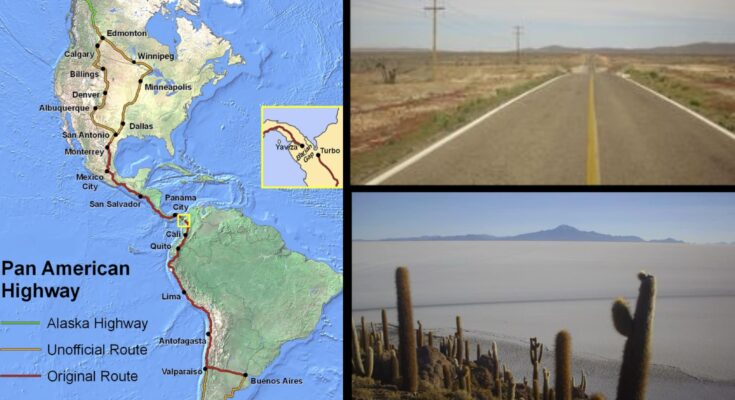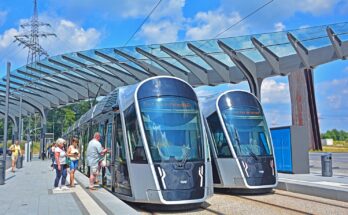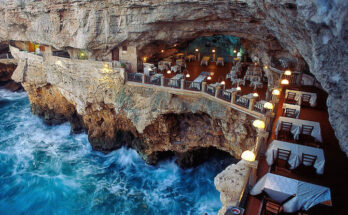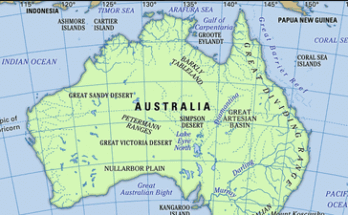The Pan-American Highway is an extraordinary feat of engineering and human ambition, stretching over 19,000 miles (30,000 kilometers) from Prudhoe Bay, Alaska, in the United States to Ushuaia, Argentina, in South America. This iconic road network is not just the longest drivable route in the world; it is a testament to the power of international cooperation and vision.
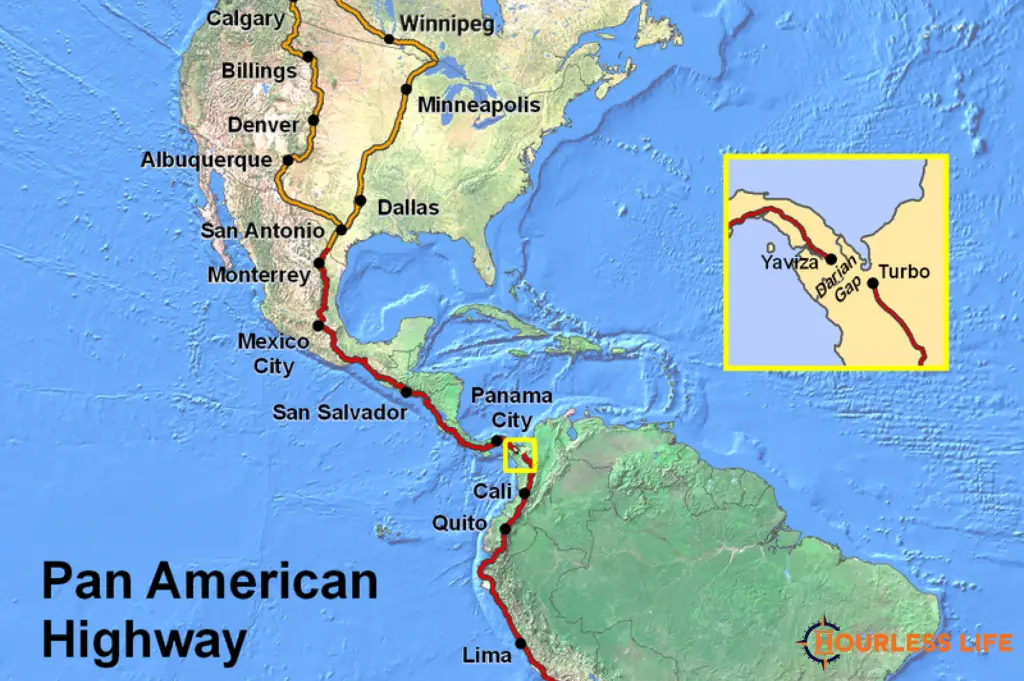
The highway passes through 14 countries, including the United States, Canada, Mexico, several nations in Central America, and most of the countries in South America. It connects diverse cultures, landscapes, and ecosystems, offering travelers the chance to experience everything from the frozen tundra of Alaska to the tropical rainforests of Panama and the rugged mountains of the Andes. The route also provides a gateway for trade and transportation across the Americas, fostering economic ties between North, Central, and South America.
The history of the Pan-American Highway dates back to the early 20th century when the idea of linking the Americas with a continuous road was first proposed. The project gained momentum in the 1930s during the Pan-American conferences, where leaders from various countries discussed the benefits of creating a shared transportation network. The construction of the highway continued throughout the decades, with various sections being built by different countries, each adapting to its unique geography and challenges.
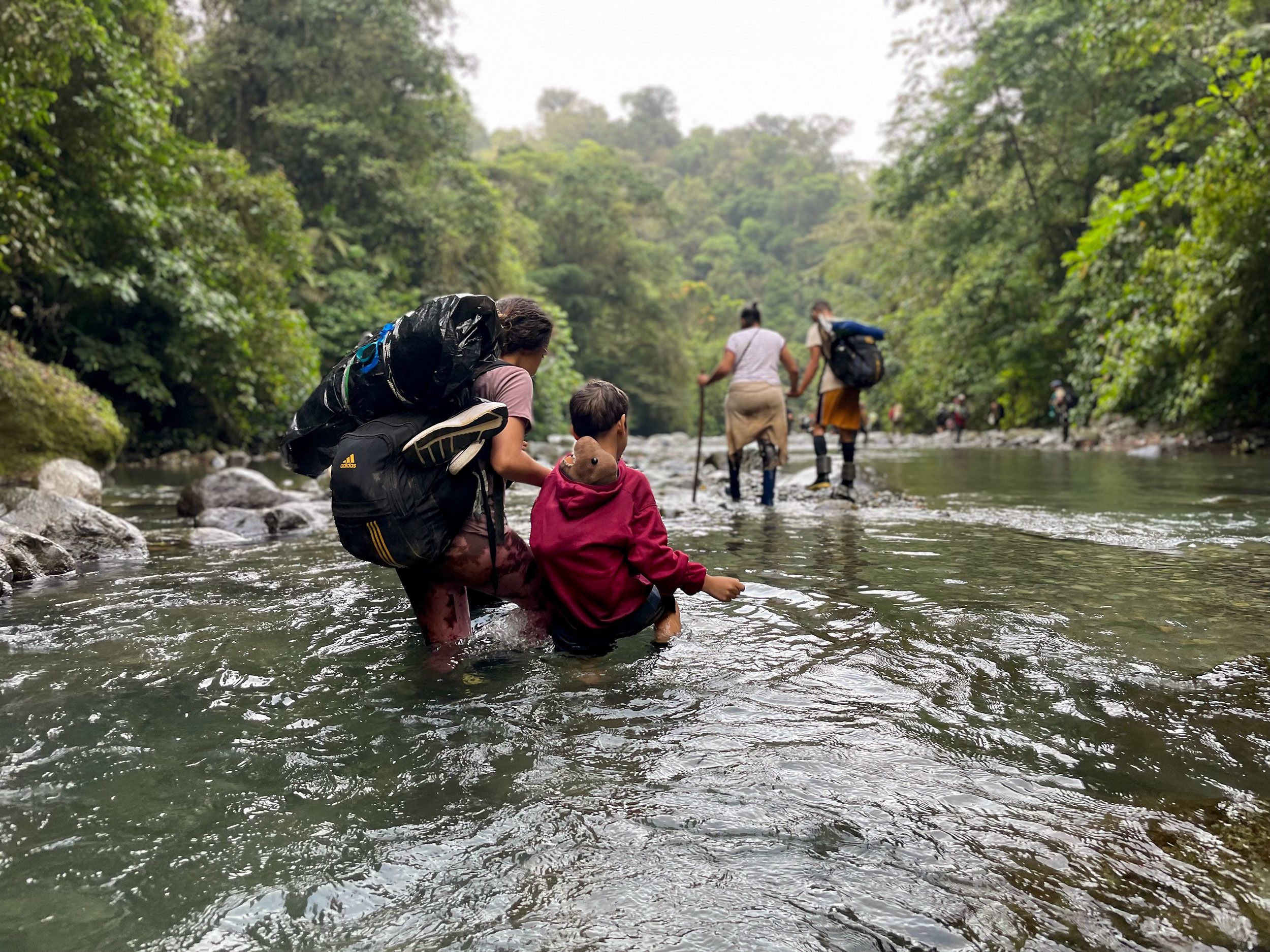
While the highway spans an impressive distance, it is not without its challenges. One of the most famous obstacles along the route is the “Darien Gap,” a stretch of approximately 100 miles (160 kilometers) through dense jungle between Panama and Colombia. This section is notoriously impassable by road, making it impossible to drive the entire length of the highway without bypassing this gap by boat or air. However, various efforts to improve transportation in this region are ongoing, with proposals for bridge construction and alternative routes.
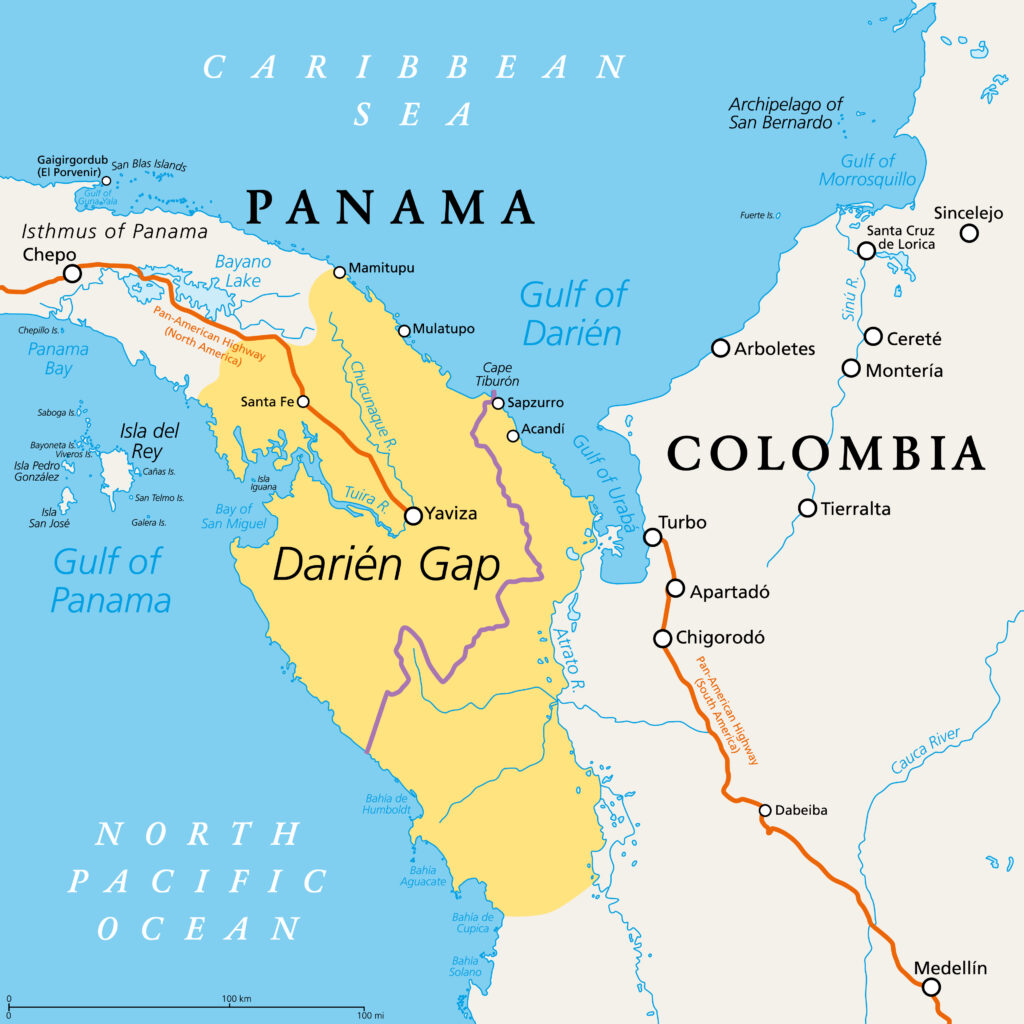
In addition to its practical uses, the Pan-American Highway has become a symbol of adventure for road travelers and explorers. Many enthusiasts embark on journeys to traverse its entire length, discovering the vast diversity of the Americas along the way. From bustling cities to remote villages, the highway offers a window into the heart of the continent, showcasing both its natural beauty and cultural richness.
Today, the Pan-American Highway remains an enduring legacy of human ingenuity and determination, linking the farthest corners of the Western Hemisphere and continuing to inspire those with a sense of adventure and wanderlust.
